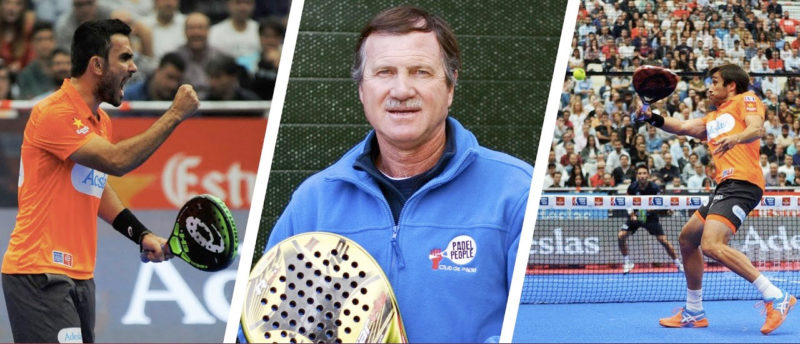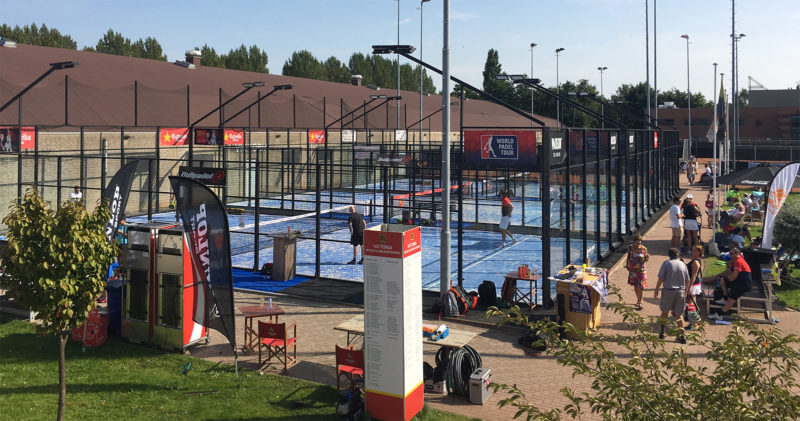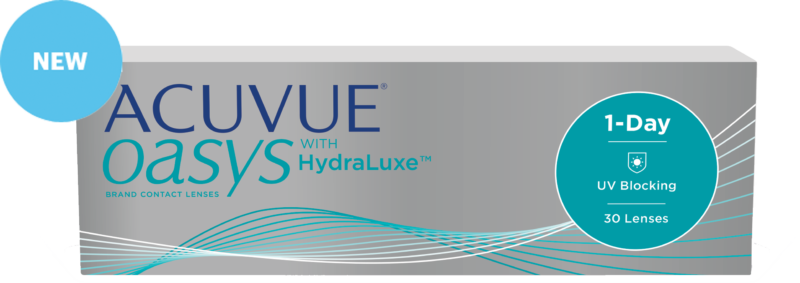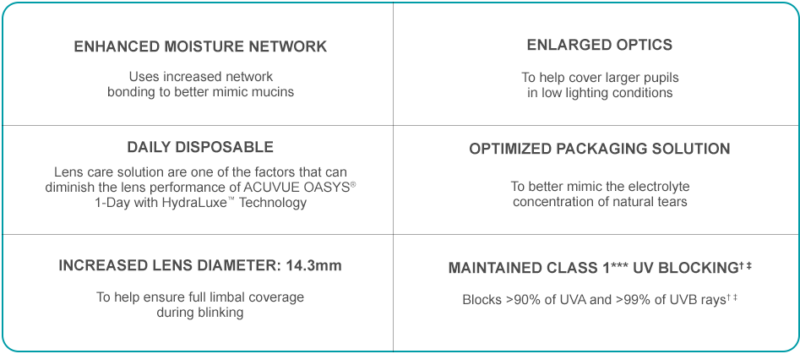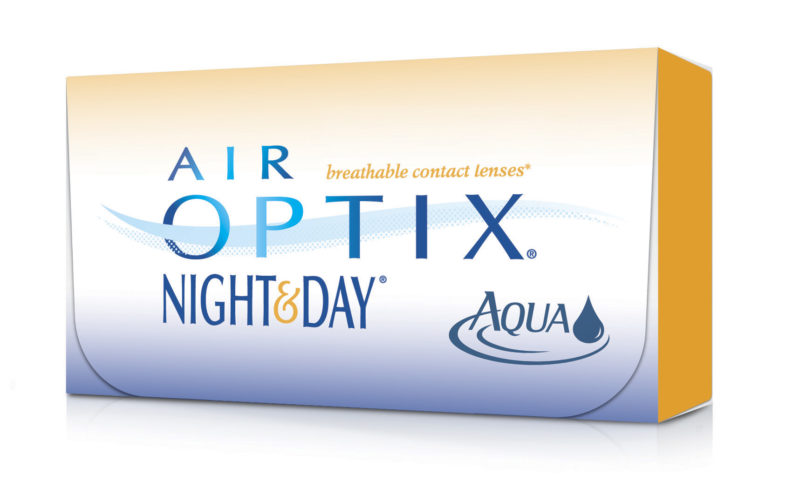
With Malta being a small island, local shopping is pretty limited compared to what you find abroad. This has led to the Maltese quickly getting hooked on online shopping. While a few years back only a few websites offered to ship to Malta, nowadays there are many sites that offer European-wide shipping, in some cases even offering free shipping and returns.
Here are some of my favorite sites:
- Amazon.co.uk
- Zalando.com
- Asos.com
- Aliexpress
- Banggood
- Gearbest
- House of Fraser
- BeautyBay
- Macy’s
- The Hut
- Zavvi
- Farfetch (luxury goods)
How to Buy Cheap Electronics Online in Malta
Malta has the most expensive consumer electronics in the EU. However, you don’t need to be paying the high prices at local shops for your laptops, sound equipment, hardware, etc.
The solution is, of course, to shop online.
Shopping for Electronics in Malta at Amazon
I highly recommend using Amazon for all your online shopping needs. You can not only buy books and electronics from Amazon, but pretty much anything else. Many Maltese buy clothes from Amazon too, for example. There’s much more choice than the local shops, and you can easily send the stuff you don’t like back.
Amazon has the most amazing support and customer service I ever encountered. Say for example you order a book and it’s received slightly damaged because the postman didn’t take good care of it, or it just got damaged during the shipping process. All you need to do is file an issue with Amazon and they’ll either give you a refund or send you another copy. It happened to me more than once and Amazon staff have always been super helpful in finding a resolution.
On another occasion, I ordered a piece of hardware that never got delivered, even though it was sent via courier. Again, all I had to do was contact Amazon, and it was them who dealt with the courier. In the meantime, they just sent me the hardware once again and apologised profusely for the inconvenience.
I hope that convinces you that there is absolutely no problem with shopping online at Amazon. If anything, you’ll get better support and customer service than you would at your local shop.
Which Amazon site to use
Now Amazon doesn’t have a site specifically for the Maltese islands, so you will need to choose a site dedicated to one the bigger countries in Europe. There are several options, but most people will drift to the Amazon.co.uk website, simply because it is in English and has the biggest range of products.
Beware that the prices on Amazon.co.uk are in GBP, and since the exchange rate between GBP and EUR is always fluctuating, you might not be getting a great deal. On the other hand, you might be lucky and profit from a weak British pound. The easiest way to check whether you’re losing or gaining from the exchange rate is to search for the same product on Amazon.es or Amazon.de (Spanish and German Amazon sites). It will take the same time to arrive to Malta and postage rates are the same for most products. However, since the Spanish and German sites sell their items in Euro you will be able to compare and see whether it make sense to buy in GBP from the Amazon.co.uk site or to buy in Euro from Spain or Germany.
Hope that helps. I have used Amazon for over 10 years now and I get all my electronics from there, including expensive items like photographic equipment and laptops.
If you have any questions about shopping online at Amazon just leave a question below, I’ll be happy to help out.
🛒 A Simple Trick to Save Money When Buying From Amazon UK
When buying from Amazon UK and shipping to Malta (or any other country except the UK itself), you will be given the option to pay in GBP or your local currency (EUR in Malta’s case).
By default EUR will be selected, so make sure you switch that to GBP. Amazon uses an exchange rate that is worse than the one offered by your local bank, and you would, therefore, be losing money if you pay in EUR.
I then make the payment using my TransferWise Borderless Mastercard debit card, as it automatically takes my Euros and converts them to GBP to make the payment at the best rates. Not only that, but I can also convert Euro to GBP at any point in time and store them in the Borderless account. Then when I pay on Amazon UK it will use the funds in the GBP account I have.
See also: N26 vs Revolut
When traveling abroad you will encounter this choice when paying at shops and restaurants as well, and even in those cases, you should always pay in the currency of that country by using a card like N26 or Revolut. The amount saved really adds up over time especially if you are making larger purchases from Amazon.
Other Sites for Getting Electronics to Malta on the Cheap
Apart from Amazon, there are other sites that can be ideal for particular niches. I tend to use Amazon for any kind of purchase, be it electronics, shoes, clothes, or household goods.
When it comes to electronics, though, in addition to Amazon I also check the following websites:
These are Chinese websites, although they have a limited supply of their stock available in European warehouses. Shipping tends to be slower than Amazon, but you can use expedited shipping to get your items within 5 business days. Note that you will usually have to pay VAT on the products’ arrival to Malta. This applies mostly to the higher-priced items; on smaller items they just let them through usually. In the case that you’ll need to pay VAT, the delivery person will collect the VAT in cash when he delivers the item to you.
These two websites are also not limited to electronics, but you won’t find the same range as Amazon. On the other hand, if you know that the product you want is manufactured in China, the chances are that you’ll find it at a lower price on Banggood or Gearbest rather than Amazon, since you’re cutting out the middleman in Europe.

